At one of the California native plant sales we attended this fall we picked up a lovely ornamental brassica, Erysimum franciscanum var. crassifolium, commonly known as the Coarse-leaved Franciscan Wallflower. This plant, along with our other native plant purchases this fall, is destined to be transplanted in the orchard this next week, hopefully before the next rains arrive!
After tearing out hundreds of non-native mustard plants last spring, I admit it felt strange purchasing another plant in the mustard family to grow intentionally, but we selected this species for a reason.
Erysimum franciscanum is a biennial to short-lived perennial herb with a very limited geographic distribution, found along the coast of California from Sonoma to Santa Cruz county. Due to the limited range of this species, the California Native Plant Society considers this species as “fairly endangered in California”. This includes both the crassifolium subspecies, and its cousin, the San Francisco Wallflower (Erysimum franciscanum franciscanum). We love the look of the non-native mustard blooms in the spring, but dislike their invasive habit, so as this uncommon wallflower is similar in appearance, but endemic to Santa Cruz county, we decided to make room for it to grow here.
In its native habitat, Erysimum franciscanum is most often found growing on disintegrating serpentine soils, but the Coarse-leaved Wallflower isn’t particularly fussy about substrate, but does demand good drainage, and as such is expected to thrive well on our gravelly and sandy slopes.
That said, this plant does prefer to grow in an area with little competition from other species, so our plan is to plant it in the more wild and scraggy areas around the periphery of the orchard, where it can be allowed to grow and spread unhindered, rather than mixed in with the native wildflower seeds we’ll be direct-sowing in the central orchard area.
This rare local form of Erysimum grows between one to two feet in height. The fragrant flowers are a rich yellow color, and as is typical of flowers in the Brassicacea family, the flowers have four sepals and four petals.
Bloom period is from late winter to late spring, with peak bloom between March and June. However, the two specimens we acquired at the plant sale have been blooming steadily since mid-October.
The nectar from this species is particularly attractive to native bees…
and numerous species of butterflies, including this Mylitta Crescent (Phyciodes mylitta).
The leaves of Erysimum franciscanum var. crassifolium are 9-15 mm wide, and usually sharply toothed.
This plant may be in leaf all year, and although drought tolerant, like other California wildflower species, Erysimum is deciduous under significant drought stress, but flourishes with the return of the winter rains.
Seeds can be collected from Eryismums in late summer through mid-autumn. When we were selecting plants at the sale, we intentionally chose those that already had a number of maturing seed pods, in the hopes of collecting, and propagating seed.
Collected seed should be kept dry and stored in the refrigerator until ready to propagate.
To propagate this species from seed, the seeds should first be soaked for a few hours in fresh water, and then stratified in peat moss for 10-14 days until they germinate. Germinated seed can then be sown into flats or cell packs, and should be kept misted prior to transplanting. Reportedly, this species survives transplanting well, and will grow rapidly once it’s established. We’ll have to wait and see how well our plants do that are propagated from the seed we’ve collected this fall…

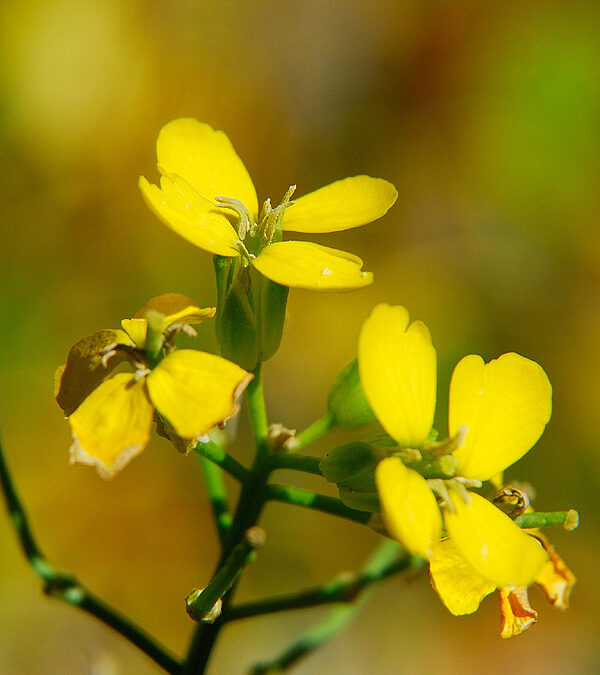
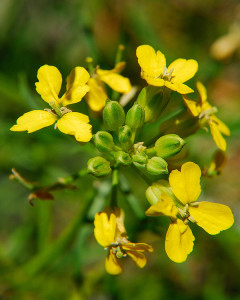
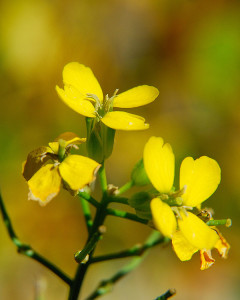


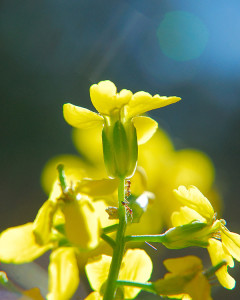

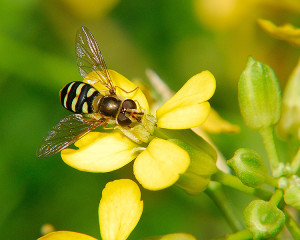

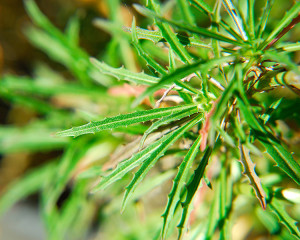
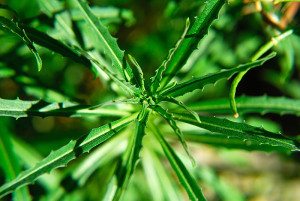
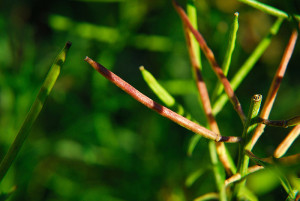
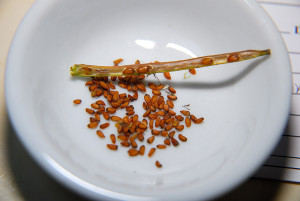







I tried one of these once and it took over my very small space. Here’s hoping you’ll use that characteristic to great effect in the orchard! Thanks for reintroducing this little guy to me- do you know if it’s a larval host plant for something? It seems like a great nectar source!
I couldn’t find anything in regards to this species serving as a larval food plant. However, I did find that Erysimum franciscanum species are used by the endangered adult San Bruno Elfin Blue butterflies. Their larvae only feed on Sedum spathulifolium, but Erysimum is one of the preferred nectar plants for the adults. I’m sure a number of bees, and skippers that are active this late in the year will appreciate the blooms though 🙂
Good luck, Clare. It’s a beauty and hope it’s happy but not too happy in its new home 🙂
Your knowledge of native wildflowers continues to amaze me, Clare. I’m so glad you take great care of your corner of the world, and I wish you luck with your seed-propagated transplants. I bet they’ll love it there. 🙂
Very beautiful flower! Is so great that you are growing some natives.
I hope it grows nicely, and that soon all the outside of your orchard is full
What a great description of a native plant. I’ve done some work with native annuals and biennials in the Northeast and some are very picky about where they will grow. You’ve done a thorough job selecting one that is appropriate to your site, so I would expect success!
Hey, this would be great for the blog carnival! I never stopped to think about the fact that wallflowers are in the mustard family. Your photos made it seem so obvious with those sunny yellow flower clusters. Thanks for supporting natives… I visited California over the summer and was amazed at the quantity of introduced species I saw.
This plant seems to have attracted a lot of insects. You must have made them very happy.
Oh, those photos are beautiful! Love the photo with the ants. That light is so pretty. And the syrphid fly…great shot! Can’t wait to get my new camera…yes, we have made a decision. Thanks so much for all your help! Your advice pretty much echoed all the notes from our research, which helped us make the choice.
Clare – thanks for the highly informative write up on this plant. Very, very interesting! Hope it works out for you.
Your photos are lovely Clare and what a great attraction for the local wildlife especially when they stay for so long in flower.
Thanks for the vote yesterday 🙂
Lovely native plant. Without so much as a balcony on which to grow outdoor plants, I continue to give gratitude for all you share about your gardens and critters and the vicarious pleasure I enjoy watching them grow.
Dear Clare, I am sure that your choice of Erysimum will be a most suitable and attractive addition to the orchard planting. It should be a beautiful show of colour in Spring. It is strange how one person’s rarity is another’s pest, but it is always good to be mindful of planting species under threat of extinction.
Great post! I actually bought an Erysimum at Annies, and it looked great for a long time. Sadly, it got shaded out by the salvia & buckwheat, and is no more. But maybe next spring, I’ll try again…
BTW, the checkerbloom started in October for me last year and kept going until April. I had bloom day photos of it pretty much all winter ;->
I have the san francisco variety and have been enjoying it – dark green pointy foliage is very interesting and it keeps on blooming for a long time. Seems to be easy! I love your idea of letting it grow wild around the orchard.